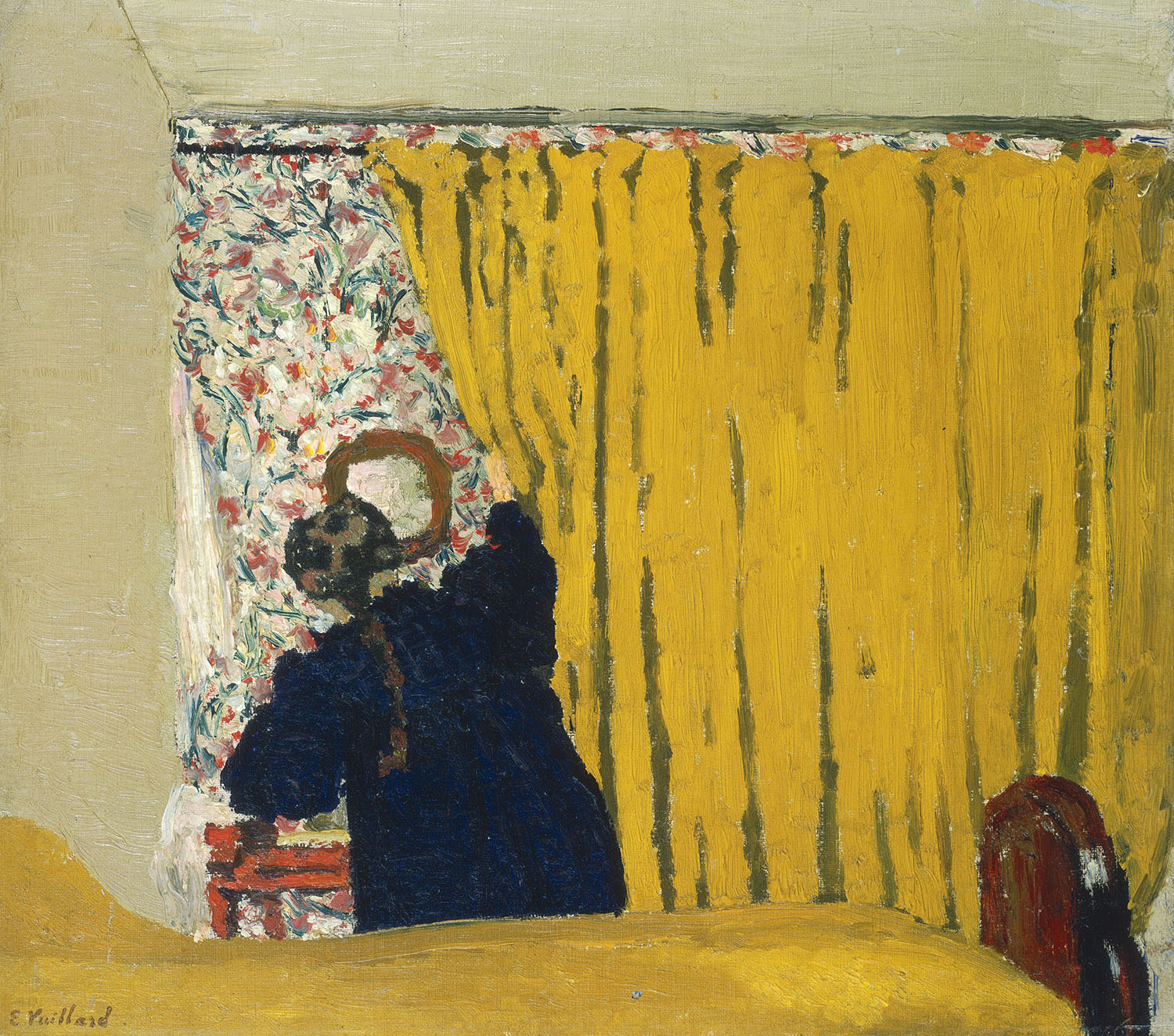There are two theories about post-impressionist art. One is that it was a continuation of the modernist spirit of the impressionists, with the application of ever-more scientific principles of color and light to the depiction of objects. The other is that post-impressionism was a re-assertion of an artistic tradition of symbolism and a stylistic move away from naturalism and realism.
The first theory is well represented in Tokyo at the moment with the "Neo-Impressionism, from Light to Color" show at the Tokyo Metropolitan Museum of Art. Now the second theory is also getting an airing, with the exhibition "Intimate Impressionism from the National Gallery of Art, Washington" at the Mitsubishi Ichigokan Museum.
Although the latter show includes a sizable contingent of impressionist paintings — including Auguste Renoir's charming "Woman with a Cat" (ca. 1875), which is used as the main image on the exhibition posters — and it has a title that talks up this component, the show actually has a much wider range.



